The world of work has changed—and so has the workforce and its expectations. Employees no longer passively consume content; they are looking for learning experiences that are engaging and memorable.
How can learning and development teams enhance the learner’s experience of instructor-led training to cater to the preferences of a modern learner?
In this blog, we will explore 10 techniques to modernize ILT workshops, rooted in our experience of delivering over 3,000 instructor-led sessions over the past five years.
1. Board Game
Presentation-driven training is getting a universal thumb-down from learners. They want active experiences with real-time problem-solving and decision-making.
In a study analyzing 225 cases, Freeman et al. (2014) found that students in active learning environments scored higher and were 55% less likely to fail than those in traditional lectures. This highlights that active learning significantly boosts engagement, understanding, and overall learning outcomes.
In instructor-led training, board games are interactive learning tools used to engage participants in experiential, scenario-based learning through structured gameplay. Participants apply concepts, make decisions, and collaborate—reinforcing learning through hands-on experience and guided reflection.
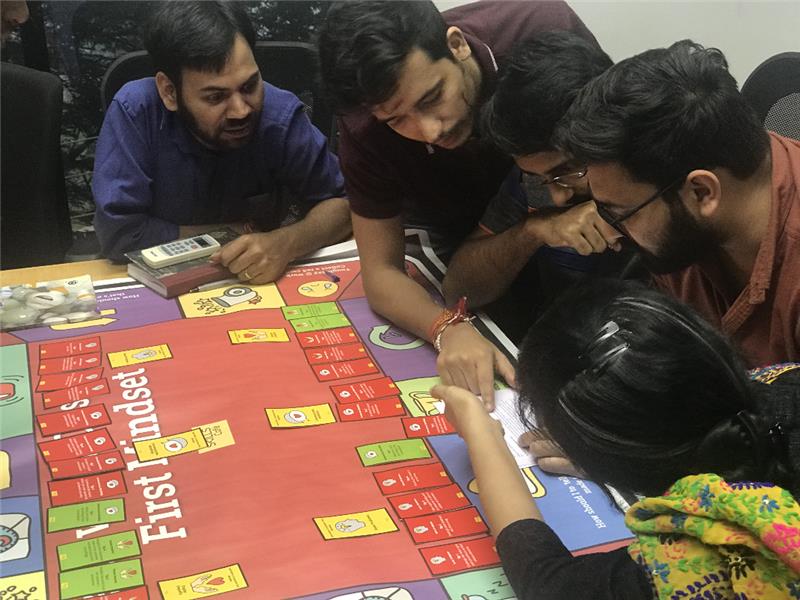
2. Simulations: Short Scenarios That Reflect Real-World Challenges
One of the pet peeves about instructor-led training is that it is lecture-driven and does not provide opportunities for practice and feedback. Practice is critical for learning as it provides feedback and support to learners. Short scenarios that mirror real-world challenges offer such opportunities and can be digital or card based.
One of the methods we have found most useful is adding simulations to ILT programs. Learners solve short scenarios (e.g., giving feedback, conducting an interview, resolving conflict) and receiving immediate feedback.
We have gamified this approach to make it more engaging and fun in the classroom. Simulations can also be presented through card games that promote group problem-solving. Additionally, learners can download personalized reports (when simulations are delivered digitally) that analyze their skills, which facilitators can debrief in one-on-one or group settings.
Adding simulation to instructor-led training activates multiple dimensions of learning—cognitive, emotional, social, and behavioral. Well-designed simulations blend innovative technology, compelling content, and real-world workplace challenges.
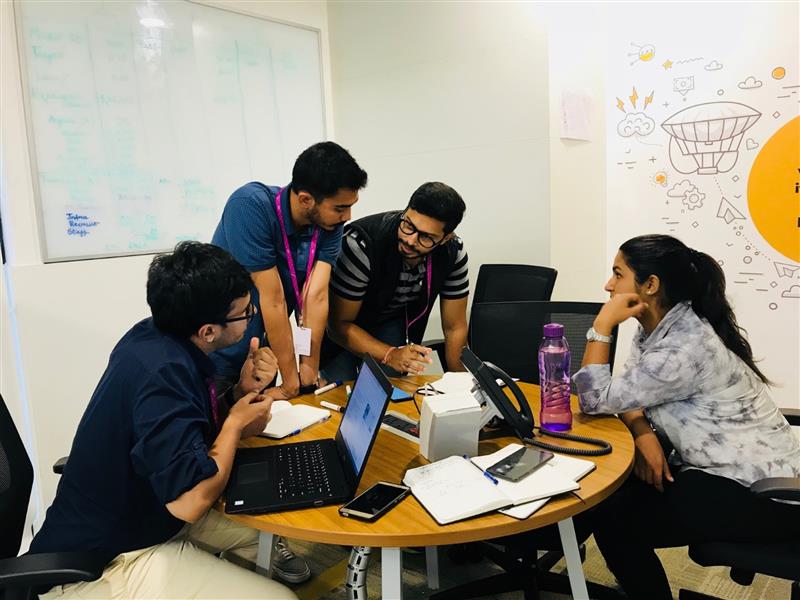
3. Peer-to-Peer Learning: Collective Wisdom
“I don’t agree!” says Charu as she and her team debate the next decision point in a simulation game during an instructor-led workshop. Drawing from her own experience, she presents an alternative option the team had overlooked. “I see her point—we hadn’t considered that perspective,” adds Shankar as the conversation deepens.
This interaction is a great example of maximizing peer-to-peer interaction, where learners share and learn from each other.
An ILT session with 25 participants, each bringing around five years of experience, offers a collective 125 years of expertise in the room. When facilitators design activities that encourage sharing, they unlock this rich peer-driven knowledge base for deeper learning.
Peer-to-peer learning builds familiarity and trust, allowing people to engage without fear of judgment. Structured peer exchanges like guided group discussions, reflection circles, or group activities create low-pressure environments that encourage openness, reflection, and shared learning.
This mirrors the Human Library model, where people share experiences and insights to challenge perspectives and spark meaningful dialogue. It is a learning method where participants reflect, practice, and co-create knowledge through direct engagement
4. Storytelling: The Art of Painting Pictures
Storytelling is the art of capturing learners’ attention through structured sharing of real or fictional experiences to convey a message, illustrate a concept, or evoke a response, reflection, or connection.
Incorporating storytelling into ILT brings abstract concepts to life, making learning more meaningful and emotionally resonant. By weaving hard-hitting concepts into real-life scenarios, stories create vivid examples that truly connect with learners.
Effective storytelling can serve as an icebreaker to set the tone and context. It can introduce complex topics, build empathy, and debrief learning experiences in a relatable way.
Effective storytelling can serve as an icebreaker to set the tone and context. It can introduce complex topics, build empathy, and debrief learning experiences in a relatable way.
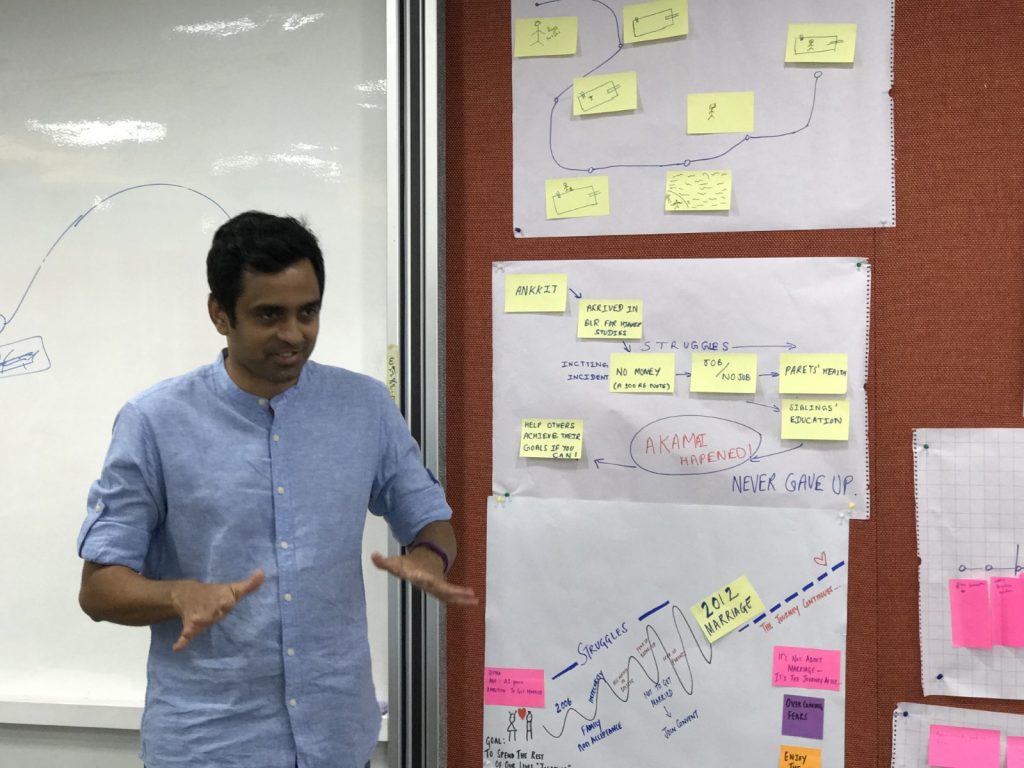
5. Cards and Card Games: Learning in the Palm of Your Hands
Cards act as tangible learning artifacts and serve as gentle yet persistent reminders of key concepts. They can be shuffled and randomized, collected to build a deck, can be dealt to introduce chance, and have two sides that enable the reveal of information.
Cards promote active learning by encouraging peer interaction, debate, and application. They break down complex content into bite-sized chunks, enhancing retention. For example, learners may watch a live enactment or video, then pull a card from a deck and respond to the question. In another scenario, learners play in teams, discarding red cards and collecting green cards to complete a deck they can take back with them.
Cards can also function as flashcards, with questions on one side and answers on the back. Cards with character roles or dilemmas drive realistic and experiential learning.
Used as icebreakers, reinforcements, or practice tools, cards offer a hands-on, visual, and tactile way to reinforce learning. They make abstract ideas easier to recall and apply while facilitating interactions and sparking dialogue.
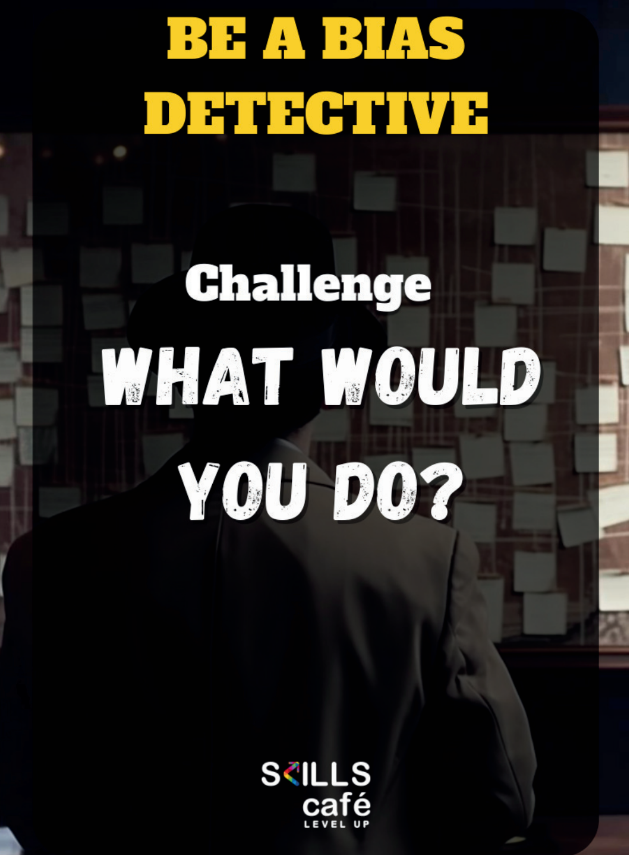
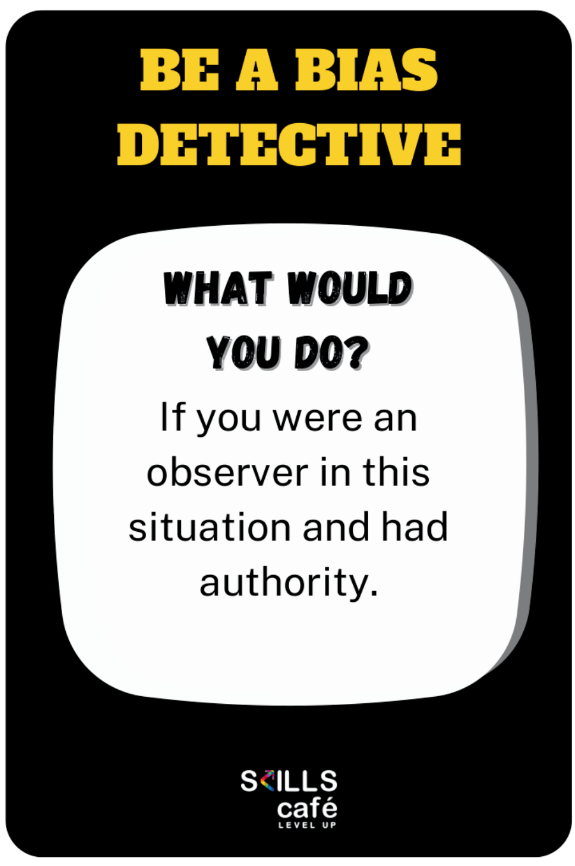
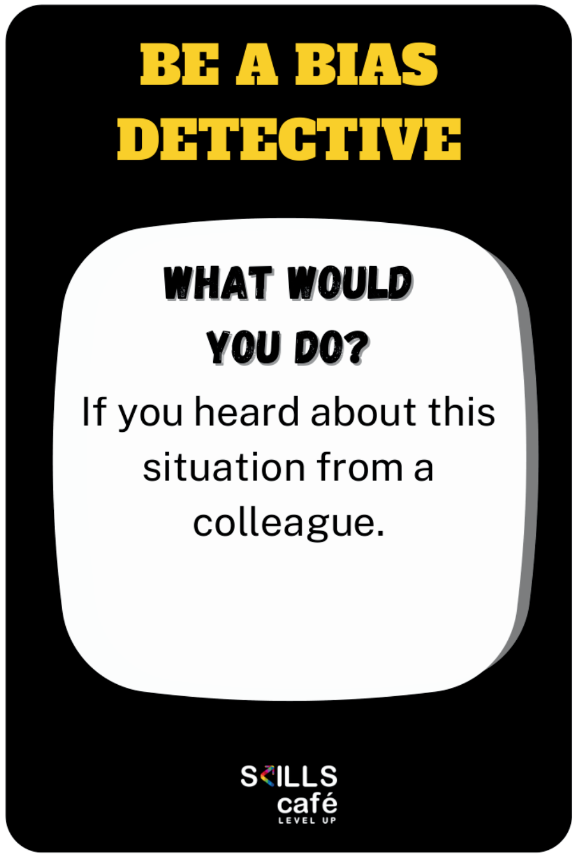
6. Workshop as an Experience: Designing Learning That Sticks
Learners often get lost in the surge of information—sometimes all it takes is an experience or moment that enriches learning.
Think of a theatre or cinema—it has a beginning, middle, and end, with moments that capture attention and imagination. Similarly, a workshop should be designed as an experience with a clear structure, like a symphony.
Workshops are structured, immersive experiences where learners actively engage in problem-solving, reflection, and collaboration to develop real-world skills.
Rooted in experiences, they shift the focus from passive listening to active learning, making sessions more impactful and long-lasting. We develop workshops as experiences by including all four interactions and immersive experiences that mirror real-life challenges. Like the peak-end rule by Daniel Kahneman suggests, people evaluate an experience based on its most intense point and conclusion.
7. Minimizing Cognitive Load: Where Less Is More
Minimizing cognitive load in ILT means reducing unnecessary mental effort so learners can focus on grasping core concepts. Overloading learners with information hinders retention and application.
Reduce the number of frameworks and focus on real-world applications. Design content to convey learning without confusion. Use peer-to-peer interactions, simulations, group discussions, and game-based methods. Guided instruction and active feedback help maintain clarity, while real-world relevance supports meaningful learning.
8. Four Essential Interactions: The Key to Modernizing ILT
These interactions are the building blocks of impactful learning experiences:
- Peer to peer: Learners share ideas and experiences, solve problems, and build collective understanding.
- Learner to content: Learners engage with concepts, tools, and techniques to solve on-job challenges.
- Learner to faculty/expert: Learners gain personalized guidance and real-world insights from instructors.
- Learner to environment: Learners interact with the physical setting—equipment, tools, objects, space, or nature.
These interactions collectively shape the engagement, quality, and effectiveness of ILT experiences.
9. Music: A Powerful Path for Deeper Learning
Music in instructor-led training helps set the tone, energize the room, signal transitions, and create deeper connections with the content—making sessions memorable and engaging.
Use calming instrumental tracks during individual reflections and energetic beats during breaks or transitions. Curate music that aligns with workshop moments to emphasize emotional peaks.
Music enhances memory recall due to its rhythm and melody. A study showed that information set to music is remembered better than spoken text. Music also boosts motivation, sets a positive tone, reduces anxiety, and improves receptiveness to learning.
10. Silence: The Subtle Art of Reflection
Silence provides learners with essential “wait time” to process information, reflect, and connect with what they experienced. Incorporating periods of silence, such as through mindfulness practices or silent reading, can create a calm classroom environment.
Silence supports ILT when it encourages deeper cognitive processing and enhances learning outcomes. Structured silence helps students focus and engage more effectively with the material. Recognizing silence as a legitimate form of engagement can lead to more inclusive teaching practices.
You can incorporate silence in an ILT by pausing after an important question or concept is spoken. Silence after challenging concepts is delivered or shared enables learners to process the information and reflect on it. Silent journaling or self-assessment can enable learners to deeply connect with the learning and have long-lasting impacts.
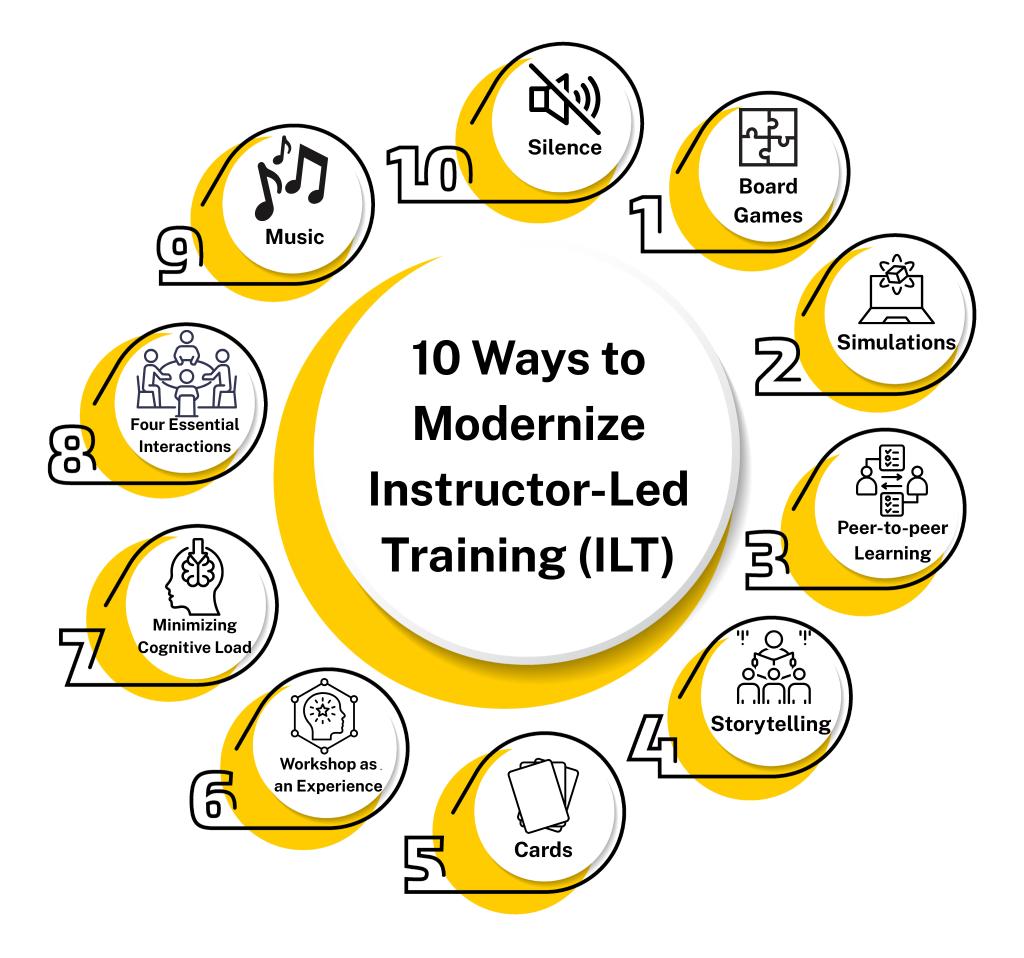
Level Up Your Instructor-Led Training
Instructor-led training is only as powerful as the experience it creates. Memorable learning comes from meaningful interactions between people, content, facilitators, and the environment.
As L&D rapidly evolves, it’s time to move beyond content delivery and toward intentionally immersive, experiential learning designs.
The next time you plan an upskilling program for your workforce, ask yourself:
“How do we make learning unforgettable for our learners?”

